Leading market players invest rapidly during the forecast period to stay ahead of the competition curve. Additionally, the market leaders are integrating a wider range of market developments such as new product launches, contractual agreements, mergers and acquisitions, higher investments, and collaboration with other organizations. Additionally, our research indicates that the market leaders Automotive OEM industry are investing in offering solutions at a competitive price to gather consumers.
One of the major steps that the leaders in the global Automotive OEM industry are undertaking is operating their manufacturing plants at a local level. During the forecast period, the market leaders in the Automotive OEM industry are offering various products to their portfolio. Major players in the Automotive OEM Market, including Toyota Motor Corporation, Volkswagen AG, Nissan, Honda Motor Co., Magna International Inc., and Continental AG, are investing in increasing their global presence.
Volkswagen AG, also known as the Volkswagen Group internationally, is a German multinational automaker headquartered in Wolfsburg, Lower Saxony, Germany. The company designs manufactures, and distributes passenger and commercial vehicles, electric motorcycle, engines, and turbomachinery and offers financing, leasing, and fleet management services. In 2016, it was the largest automaker in the globe in terms of sales, and it maintained this position in 2017, 2018, and 2019, selling 10.9 million vehicles.
Over the past two decades, it has maintained the largest market share in Europe. It ranked seventh on the 2020 Fortune Global 500 list of the world's largest corporations. The Volkswagen Group sells automobiles under the Audi, Bentley, Cupra, Jetta, Lamborghini, Porsche, SEAT, Skoda, and Volkswagen brands, as well as motorcycles under the Ducati brand, light commercial vehicles under the Volkswagen Commercial Vehicles brand, and heavy commercial vehicles via the brands of listed subsidiary Traton (Navistar, MAN, Scania, and Volkswagen Truck & Bus). It is divided into two major divisions: Automotive and Financial Services.
Nissan Motor Corporation, frequently abbreviated to Nissan,[a] is a Japanese multinational automotive manufacturer headquartered in Nishi-ku, Yokohama, Japan. The company distributes its automobiles under the Nissan, Infiniti, and formerly the Datsun brands, as well as Nismo-branded performance-tuning products (including automobiles). The company dates back to the early 20th century, when the Nissan Zaibatsu, now known as Nissan Group, was founded. Since 1999, Nissan has been a member of the Renault–Nissan–Mitsubishi Alliance (Mitsubishi Motors joined in 2016), a partnership between Japanese automakers Nissan and Mitsubishi Motors and French automaker Renault.
Renault held a 43.4% voting stake in Nissan until January 2023, while Nissan held a 15% non-voting stake in Renault. In a reorganization that occurred in January 2023, Renault's voting equities were reduced to 15%, bringing both manufacturers' voting stakes to parity. Since October 2016, Nissan has controlled Mitsubishi Motors with a 34% stake.


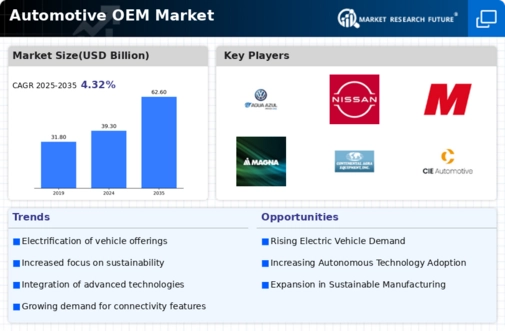

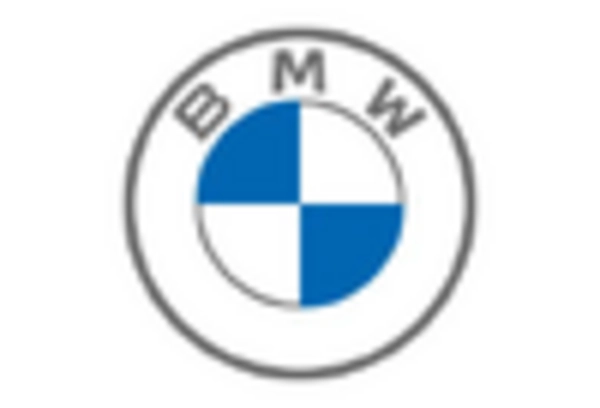

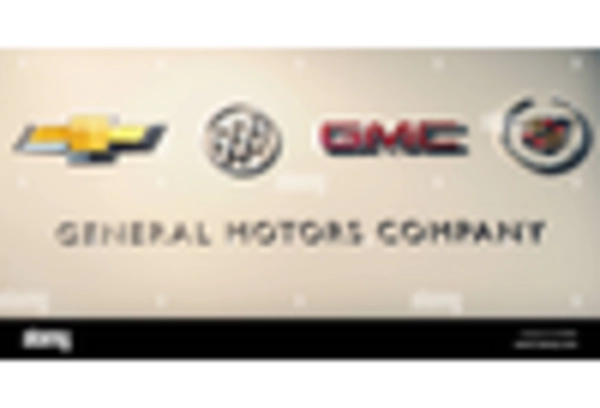

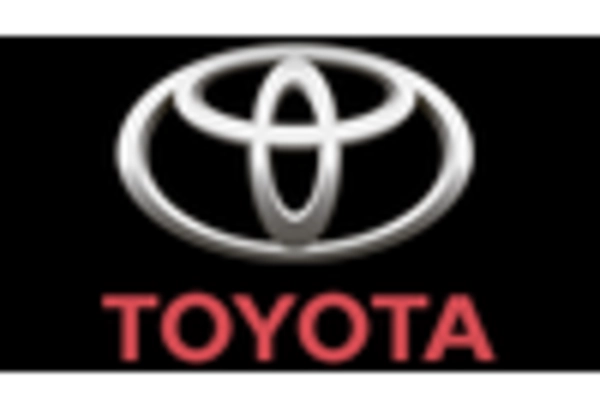
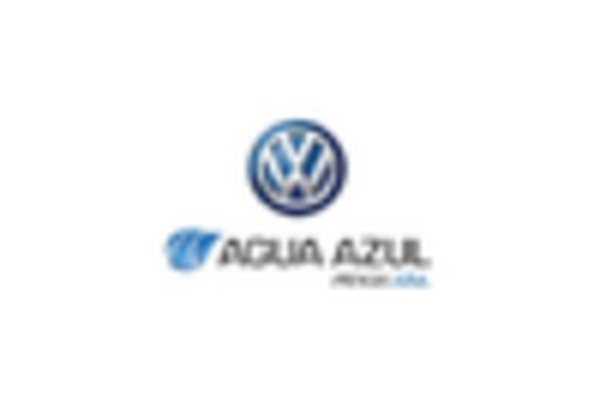








Leave a Comment